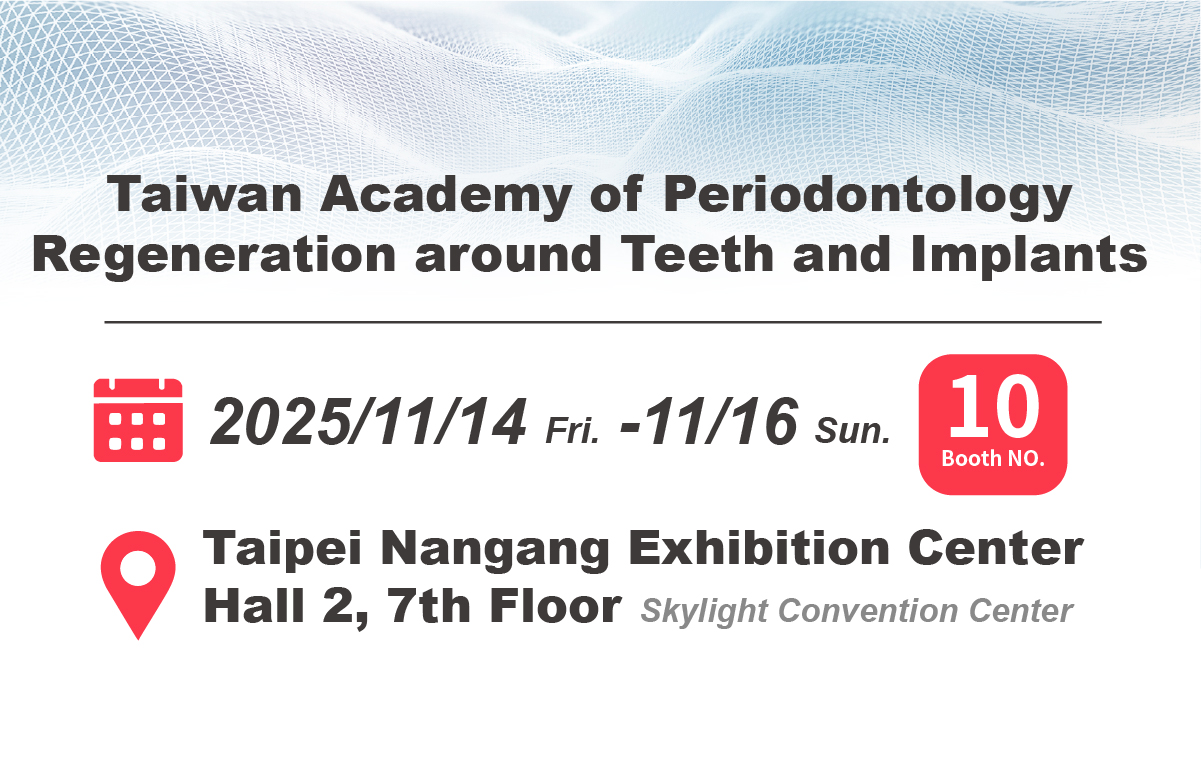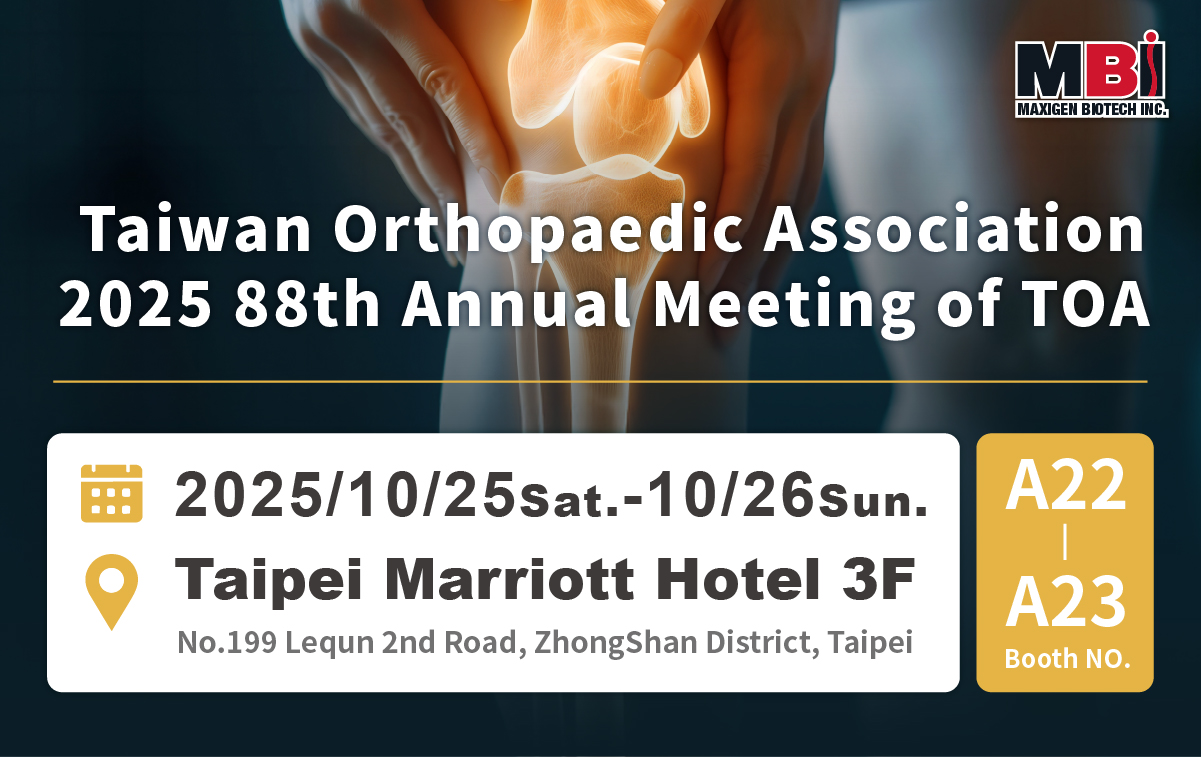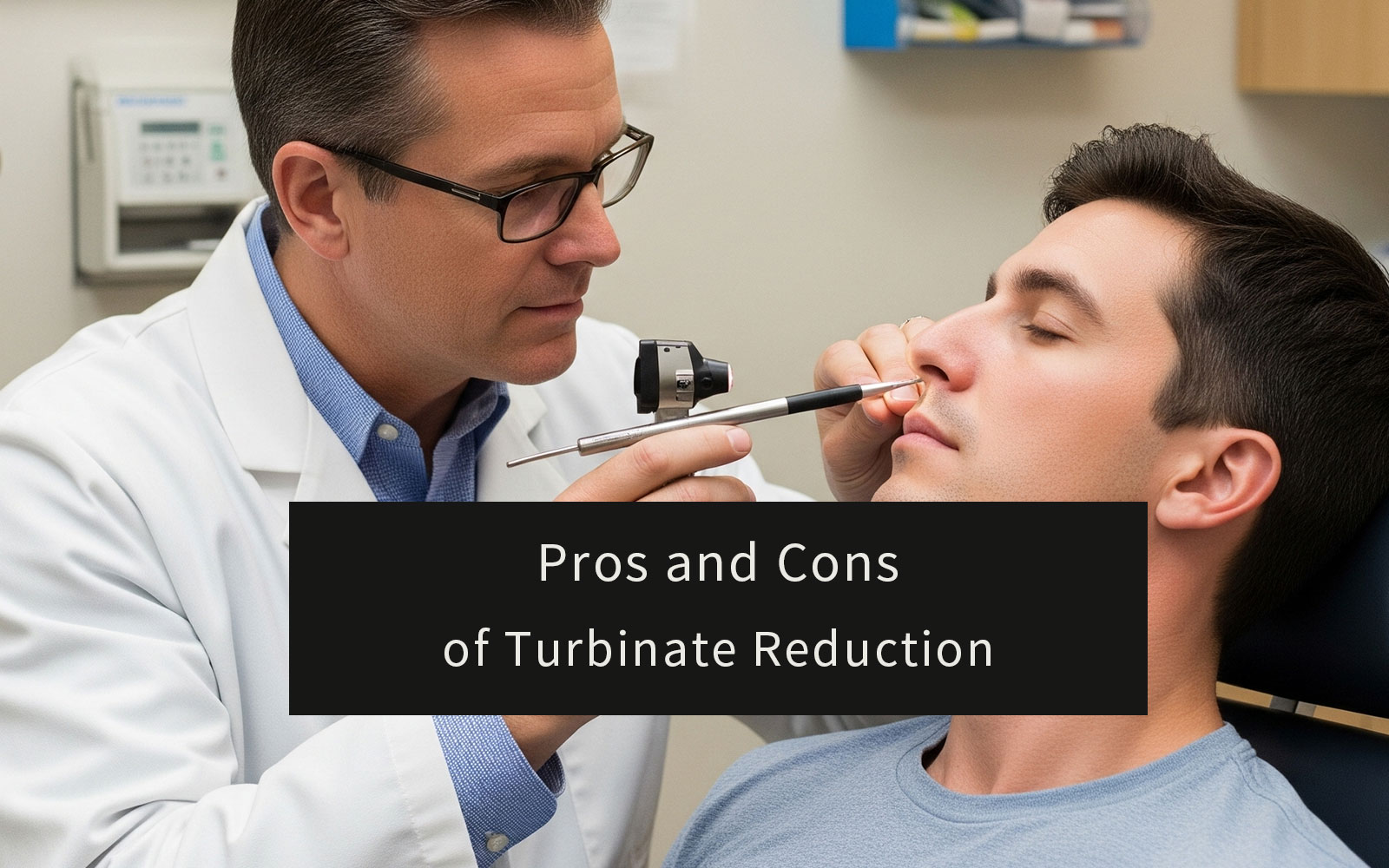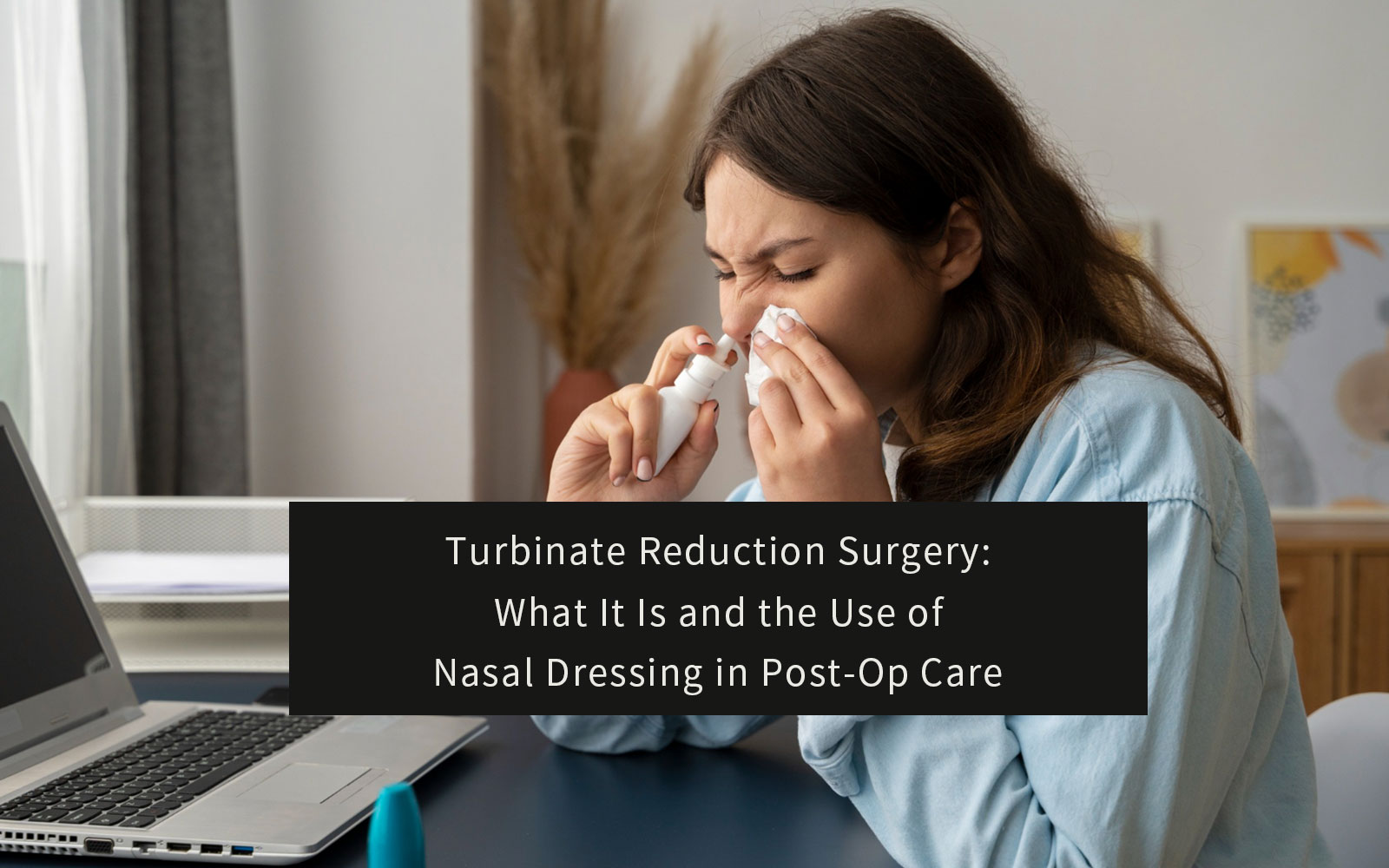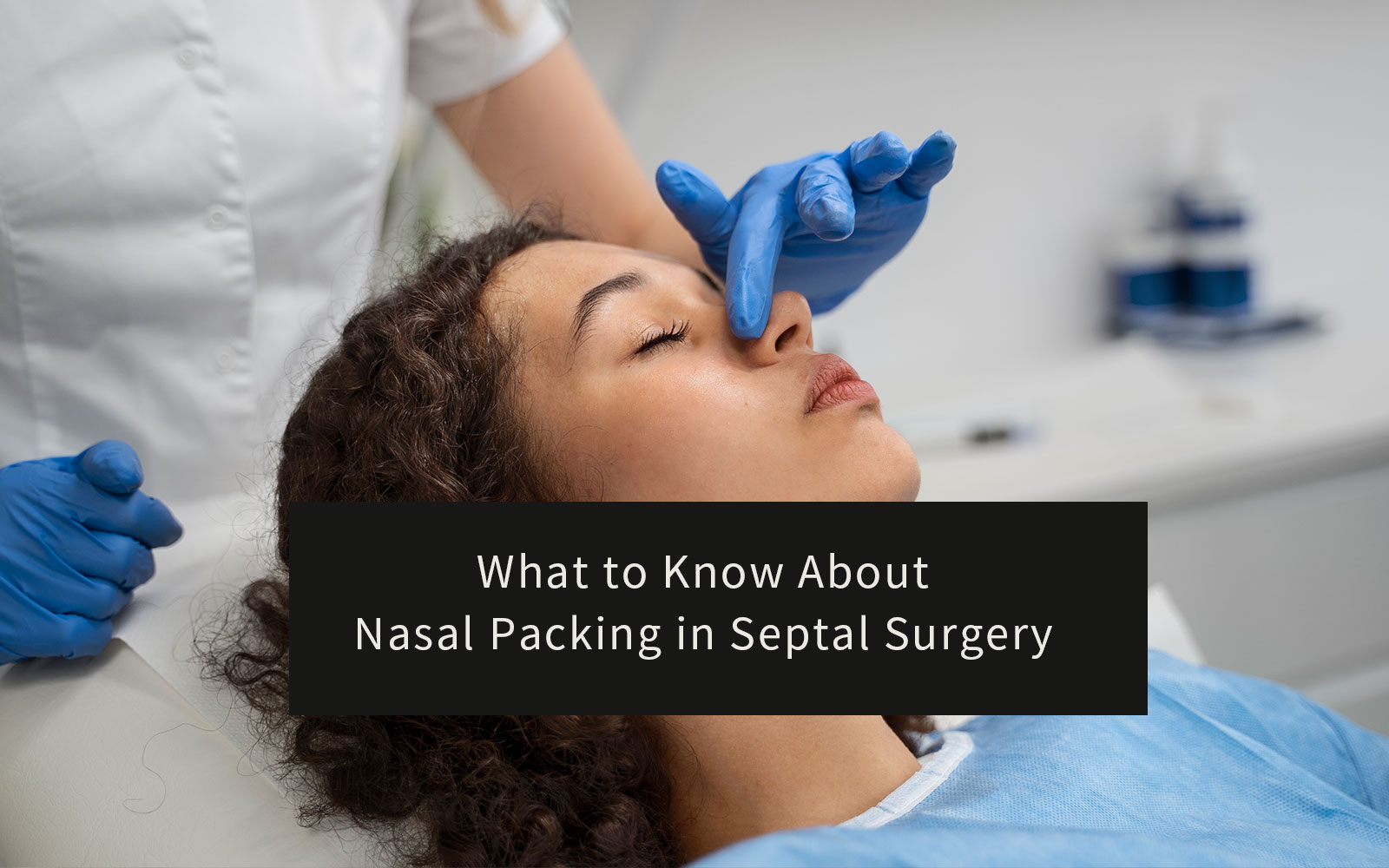Septoplasty is a common surgical procedure performed to correct a deviated septum, improve breathing, and alleviate chronic nasal conditions. One crucial aspect of post-surgical care is the use of nasal packing. Whether traditional or dissolvable, nasal packing plays a significant role in stabilizing the septum and supporting the healing process. If you are looking for reliable nasal packing solutions for your medical practice or distribution business, this guide will provide valuable insights.
Table of Contents
Purpose of Undergoing Septoplasty
Correction of a Deviated Septum
A deviated septum often causes nasal obstruction, making breathing difficult. Septoplasty straightens the septum, allowing nasal passages to open and reducing airflow resistance. With improved alignment, patients experience reduced nasal congestion and consistent breathing patterns.
Treatment for Chronic Sinus Issues
Septoplasty is commonly performed to address recurring sinus infections. By aligning the nasal passages, the procedure enhances sinus drainage, preventing fluid buildup. This reduces inflammation and lowers the risk of bacterial growth, minimizing sinus infections and related complications.
Snoring and Sleep Apnea Improvement
Nasal blockages often contribute to snoring and sleep apnea. Following septoplasty, airflow resistance decreases, improving nasal breathing and sleep quality. Patients frequently experience better nighttime breathing patterns, with reduced snoring and relief from mild sleep apnea symptoms.
Purpose of Using Nasal Packing After Septoplasty
Post-surgical nasal packing is vital for recovery. It prevents excessive bleeding by applying gentle pressure to the surgical site and reduces the risk of hematoma formation. Additionally, the packing stabilizes the septum, ensuring proper alignment and supporting optimal healing.
Common Experiences After Nasal Packing Placement
Patients often experience temporary nasal congestion and a sensation of blockage due to the packing occupying space inside the nasal passages. Additionally, mild discomfort or pressure inside the nose is common, though it is typically more of a sensation of fullness than pain.
Duration of Packing Usage
Traditional non-dissolvable packing typically remains in place for 1–3 days and requires removal by a healthcare provider. In contrast, dissolvable nasal packing gradually disintegrates and is absorbed, eliminating the need for manual removal and reducing patient discomfort.
Nasal Packing Selection for Septoplasty
Traditional (Non-Dissolvable) Packing
Traditional packing materials, such as gauze, foam, or silicone splints, provide structural support and prevent bleeding but require manual removal by a healthcare provider. Although removal may cause brief discomfort, it is an essential step for smooth recovery.
Bioresorbable Nasal Packing
Bioresorbable packing, made from gel-based or sponge materials, dissolves naturally within the nasal cavity. It reduces discomfort by eliminating the need for manual removal, providing a more comfortable recovery experience.
Factors in Choosing the Right Packing
Surgeons consider patient condition, including bleeding risk, and healing expectations when selecting nasal packing. The choice depends on whether minimal post-operative intervention or extended support is required for optimal recovery.
Nasal Packing Removal After Septoplasty
Timing of Removal
Non-dissolvable packing is typically removed within 1–3 days by a healthcare professional to ensure a safe recovery. Dissolvable packing, however, gradually breaks down, allowing patients to avoid a removal procedure and enjoy a more convenient recovery.
Is Packing Removal Painful?
While some mild discomfort may occur during non-dissolvable packing removal, patients often experience immediate breathing improvement once the packing is taken out. Pain is generally minimal and short-lived.
Precautions During Removal
Patients should avoid forceful nose blowing to prevent disruption of healing tissues and follow all post-removal care instructions from their physician to promote optimal healing.
Managing Discomfort After Septoplasty
Dealing with Nasal Congestion
Patients can relieve congestion with regular saline sprays and humidifiers to keep nasal passages moist. Avoiding irritants like smoke and dust reduces inflammation and supports faster healing.
Pain and Swelling Management
Cold compresses help minimize swelling by cooling the nasal area and reducing inflammation. Pain relievers, whether over-the-counter or prescribed, can effectively manage post-operative discomfort when used as directed.
Recovery Tips for Better Healing
Elevating the head while sleeping reduces fluid buildup and minimizes swelling. Consistently following post-surgery care instructions is crucial for optimal healing and successful outcomes.
NasoAid®: The Nasal Packing Used in Sinus Surgery
NasoAid® combines comfort with clinical effectiveness. Made from 70% bovine collagen and 30% carboxymethyl cellulose (CMC), it absorbs up to 35 times its weight in fluid for superior hemostasis. Its self-degrading properties maintain structure for 7–14 days before dissolving naturally, reducing discomfort without removal.
Clinical Benefits
- Superior Hemostasis: NasoAid® effectively controls post-operative bleeding while maintaining septal stability. This exceptional hemostatic function ensures a smooth surgical process and recovery.
- Accelerated Wound Healing: In addition to excellent hemostasis, NasoAid®’s high absorbency and self-degrading properties help facilitate the healing process, reduce post-surgical inflammation, adhesion risks, and discomfort, ultimately accelerating patient recovery
Why Surgeons Prefer NasoAid®
NasoAid® is a bioabsorbable nasal dressing composed of 70% bovine collagen and 30% carboxymethyl cellulose (CMC), offering the following features:
- High Absorbency: It can absorb up to 35 times its weight in fluid, effectively managing post-operative bleeding.
- Self-Degradation: Maintains structural integrity for 7–14 days after application before gradually breaking down, reducing patient discomfort, and eliminating the need for removal.
- Adhesion Prevention: Helps prevent post-surgical adhesions between the nasal septum and surrounding tissue, promoting optimal wound healing.
- Simplified Management: NasoAid® streamlines post-surgical care, reducing the need for additional interventions, making the recovery process more efficient for healthcare providers.
- Enhanced Patient Satisfaction: Its comfort and convenience significantly reduce post-operative discomfort, improving the recovery experience and increasing patient compliance.
Clinical Applications
NasoAid® is widely used in various ENT procedures, including:
- Inferior Turbinate Reduction: Improves airflow by reducing the size of the nasal turbinates.
- Septoplasty: Supports mucosal flap healing and prevents septal adhesions after correcting septal deviation.
- Chronic Sinusitis Surgery: Aids in healing after the removal of diseased sinus tissue.
- Rhinoplasty: Supports the nasal structure and healing post-procedure.
NasoAid® not only offers excellent hemostasis but also accelerates wound healing, providing patients with a more comfortable and efficient recovery experience.
☛ More details about NasoAid® nasal dressing
Why Distributors Should Consider NasoAid®
For medical supply distributors, NasoAid® Nasal Dressing presents an excellent business opportunity. With its advanced technology and high demand in ENT surgeries, adding NasoAid® to your product portfolio can increase your market reach. Contact us today to learn more about distribution opportunities in the U.S. market.
By optimizing your product offerings with innovative solutions like NasoAid®, you can meet the growing demand for comfortable, effective nasal packing solutions while enhancing patient care outcomes.
